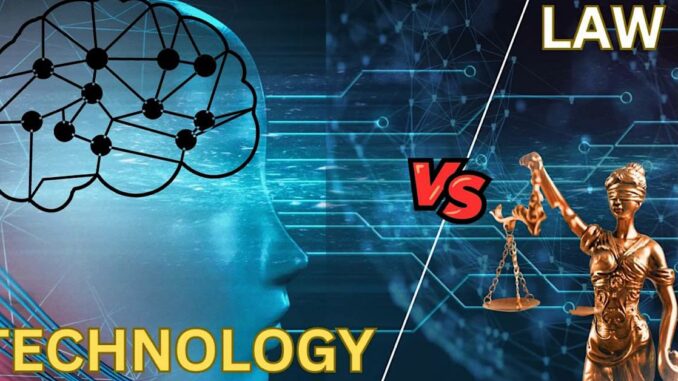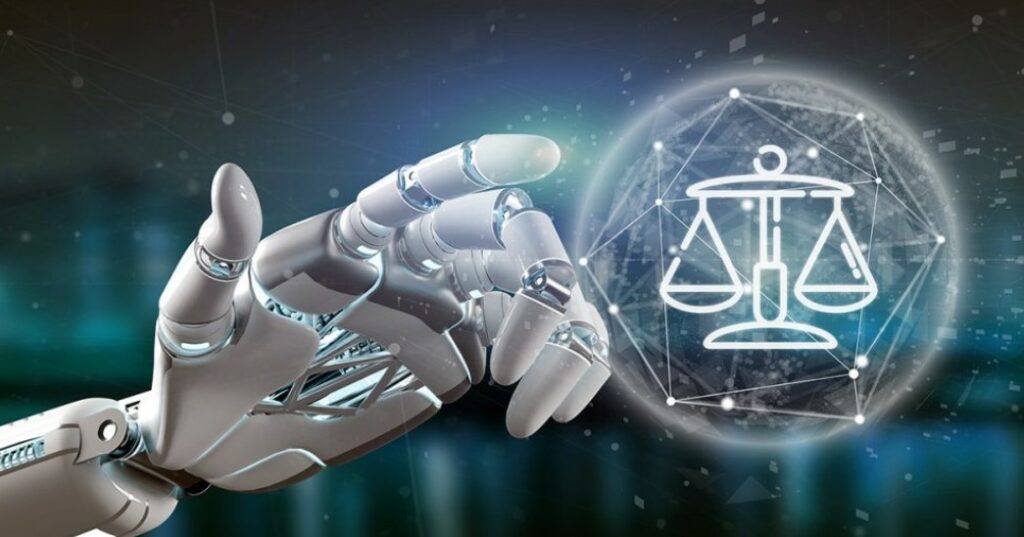
What is the relationship between law and technology? We will tell you about four sections in this article.
Amazing Connections between Law and Technology
1. Technology can sometimes become an inseparable part of the law. In extreme cases, Guest Posting technology becomes the law itself. The use of polygraphs, faxes, telephones, video, audio, and computers is a built-in part of many laws. It is not a fictitious cohabitation: the technology is clearly defined in the law and constitutes a CONDITION within it. In other words, if a specific technology is not used or is not used correctly, the spirit and letter of the law are violated (the law is broken). Consider police laboratories, the O.J. Simpson case, and the significance of DNA prints in everything from determining fatherhood to identifying murderers.
- Consider the legality of polygraph tests in a few countries.
- Consider polling members of boards of directors by phone or fax (explicitly required by law in many countries).
- Consider assisting suicide by administering painkillers (medicines are by far the most sizeable technology in terms of money).
- Consider security screening using advanced technology (retina imprints, voice recognition).
In all of these cases, the use of a specific, well-defined technology is not left to the discretion of law enforcement officers and courts. It is not a set of options or a menu from which to choose. It is an INTEGRAL, critical component of the law, and in many cases, it IS the law. (law and technology)
2. Laws of all kinds are embedded in technology. Think about internet protocols. These are laws that are an integral part of the internet’s decentralized data exchange process. Even the technicians’ language implies the legal origins of these protocols: “handshake,” “negotiating,” “protocol,” and “agreement” are all legal terms. Standards, protocols, and behavioral codes, whether voluntary or not, are all forms of law. As a result, internet addresses are assigned by a central authority. Netiquette is universally enforced.
Certain content is rendered inaccessible due to special chips and software. Every technological advancement includes the scientific method (a codex). Microchips incorporate standardization agreements into silicone. The law is incorporated into technology and can be deduced simply by studying it in a process known as “reverse engineering.” In saying this, I distinguish between lex naturalis and lex populi. All technologies follow natural laws, but I believe we want to focus on human laws in this discussion. (law and technology)
3. Technology drives the law, spawns it, and gives it life. The reverse process (inventing technology to accommodate or facilitate the implementation of a law) is more uncommon. There are many examples. The invention of modern cryptography resulted in the establishment of numerous governmental institutions and the passage of numerous relevant laws. Recently, proposed legislation was prompted by microchips that censor certain web content (to forcibly embed them in all computing appliances).

Because of sophisticated eavesdropping, wiring, and tapping technologies, laws governing these activities were enacted. Distance learning is changing the laws governing academic institution accreditation. Air travel compelled health officials all over the world to revise their quarantine and epidemiological policies (not to mention the laws related to air travel and aviation). The list goes on and on. (law and technology)
When a law is passed that reflects cutting-edge technology, the roles are reversed, and the law benefits technology. Seat belts and airbags were the first inventions. Seat belts (and, in some countries, airbags) became mandatory only much later. However, once the law was passed, it aided in the formation of entire industries and technological advancements. The Law, it appears, legitimizes technologies, transforming them into “mainstream” concerns of capitalism and capitalists (big business).
Again, the list is dizzying: antibiotics, rocket technology, the internet itself (first developed by the Pentagon), telecommunications, medical computerized scanning – and a slew of other technologies – all came into being as a result of a run-in with the law. I use the term “interaction” with caution because there are four kinds of encounters between technology and the law:
(a) A positive law that emerges as a result of a technological advancement (a law regarding seat belts after seat belts were invented). Such positive laws are intended to either disseminate or stifle technology.
(b) A deliberate legal gap designed to promote a specific technology (for instance, very little legislation pertains to the internet with the express aim of “letting it be”). Another example is the deregulation of the airline industries. (law and technology)
(c) Legal (or law enforcement) structural interventions in a technology or its implementation. The best examples are the 1984 breakup of AT&T and Microsoft’s current anti-trust case. Such structural transformations of monopolists make previously monopolized information (for example, software source codes) available to the public, increasing competition – the mother of invention.
(d) The deliberate legal encouragement of technological research (research and development). This can be accomplished directly through government grants and consortia, with Japan’s MITI serving as the best example. It can also be done indirectly, such as by liberalizing capital and labor markets, which often leads to the formation of risk or venture capital invested in new technologies. The United States is the most visible (and now emulated) example of this path. (law and technology)
4. A law that is not made known to the public or is not effectively enforced is a “dead letter” – it is not a law in the vitalist, dynamic sense of the term. For example, the Laws of Hammurabi (his codex) are still available to all (via the internet). But do we regard them as THE or even A Law?
We don’t because Hammurabi’s codex is both unknown and inapplicable to the general public. The Laws of Hammurabi are inapplicable not because they are out of date. Islamic law is as antiquated as Hammurabi’s code, but it is still applicable and practiced in many countries. ENFORCEMENT results in applicability. Laws are manifestations of power imbalances between the state and its subjects. Laws are the codification of violence used for the “common good” (whatever that is – it is a shifting, relative concept).
Technology is critical in both the dissemination of information and the enforcement of laws. In other words, technology assists citizens in learning about the laws and how they are likely to be applied (for instance, through the courts, their decisions and precedents). More importantly, technology improves the effectiveness of law enforcement, making the law more applicable.
Police cars, court tape recorders, DNA imprints, fingerprinting, phone tapping, electronic surveillance, and satellites are all tools to help law enforcement be more effective. In a broader sense, this or that law has access to ALL technology. Consider defibrillators. They are used to resuscitate patients who are experiencing severe cardiac arrhythmias. However, such resuscitation is required by law. As a result, the defibrillator, a technological medical instrument, is also a law enforcement device. (law and technology)